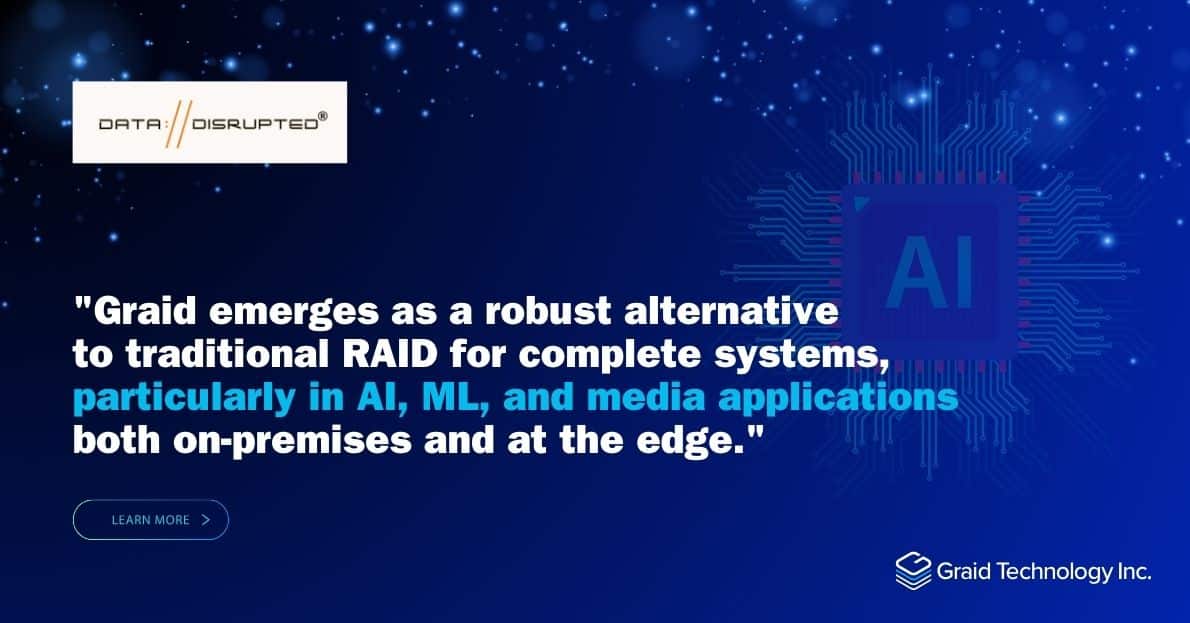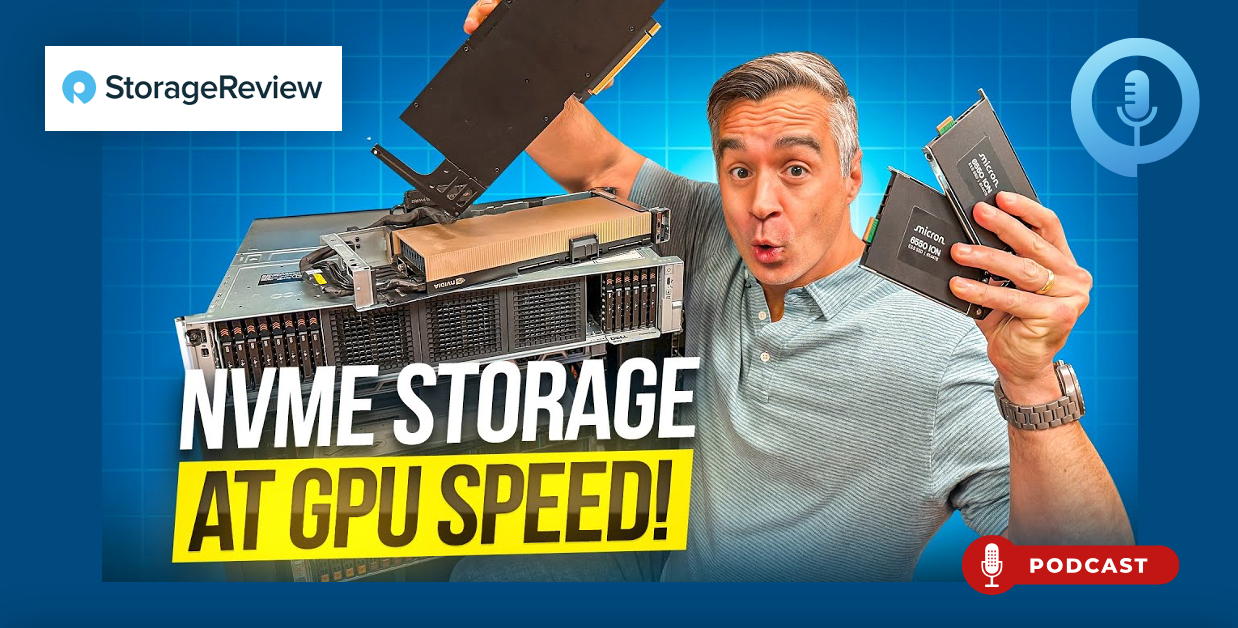
Data Disrupted: How Graid Technology Innovates RAID for SSDs
"Graid emerges as a robust alternative to traditional RAID controller cards for complete systems, particularly in AI, ML, and media applications both on-premises and at the edge."
(Kerstin Mende-Stief for Data Disrupted / Feb. 2024) The larger the amount of data, the higher the requirements. It's not enough to just have data. Applications (and users) want to be able to access and process information quickly. In addition, the data should be available. Always. Depending on the file or storage system, RAID arrays ensure the necessary reliability. How available and resilient data ultimately is depends on many factors. A RAID controller is one of these factors. The widespread SAS and increasingly popular SSDs do not make things any easier for traditional RAID solutions.
In this article we explain how Graid emerges as a robust alternative to traditional RAID controller cards for complete systems, particularly in AI, ML, and media applications both on-premises and at the edge. The introduction of the SupremeRAID 1001 extends Graid's solutions to tower PCs, broadening its applicability across diverse computing environments. Read it here.


.png)
